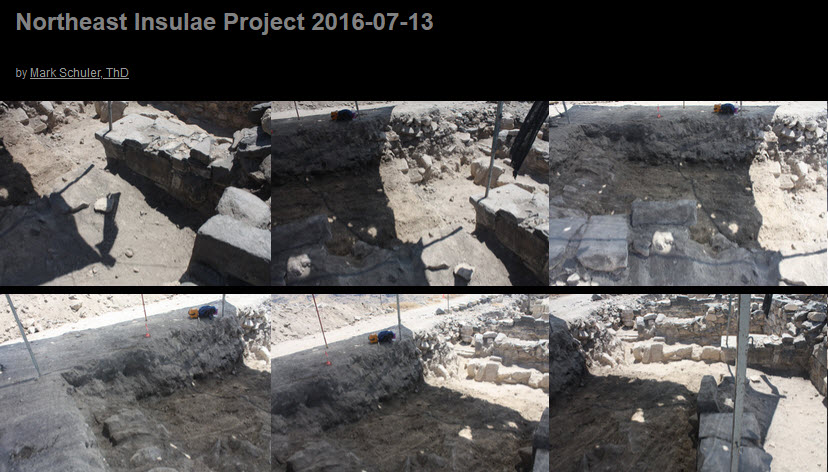Tour the NIP
This video is based on our lidar model and gives you a sense of the Northeast Insulae Project.
This video is based on our lidar model and gives you a sense of the Northeast Insulae Project.
This model is viewable via Sketchfab. It is based on scans done in 2019.

The work is tedious, but a final report requires a new top plan. Working from an orthographic projection and other photographs, I have begun to construct that plan. [I do have to take breaks every hour or so to rest my eyes and wrist.] The layering possible with Adobe Illustrator makes for useful end products. Above, you see the NEC and some of the surrounding structures. More to come.

The end of Adobe Flash corresponded with the beginning of my sabbatical. As a result, old galleries could not longer be used. In addition, in preparing the Final Report I wanted to update all galleries to HTML5 format, add new galleries, and sort through some 35,000 photos from the field.
I have completed the first step of this work by posting a new gallery of field photos for each day in the field between 2002 and 2019. For this project, I am using Adobe LightRoom. I have been able to correct white balance problems (especially from 2009 and 2010). I have removed less valuable photos. The photos are now in collections that I can more easily edit and annotate (and upload to the web site).
Next on my agenda is a paper for a regional conference on the herbs used in the diakonicon. Then, I return to the catalog of photos to build galleries of small finds — ceramics, metals, architectural elements, etc.